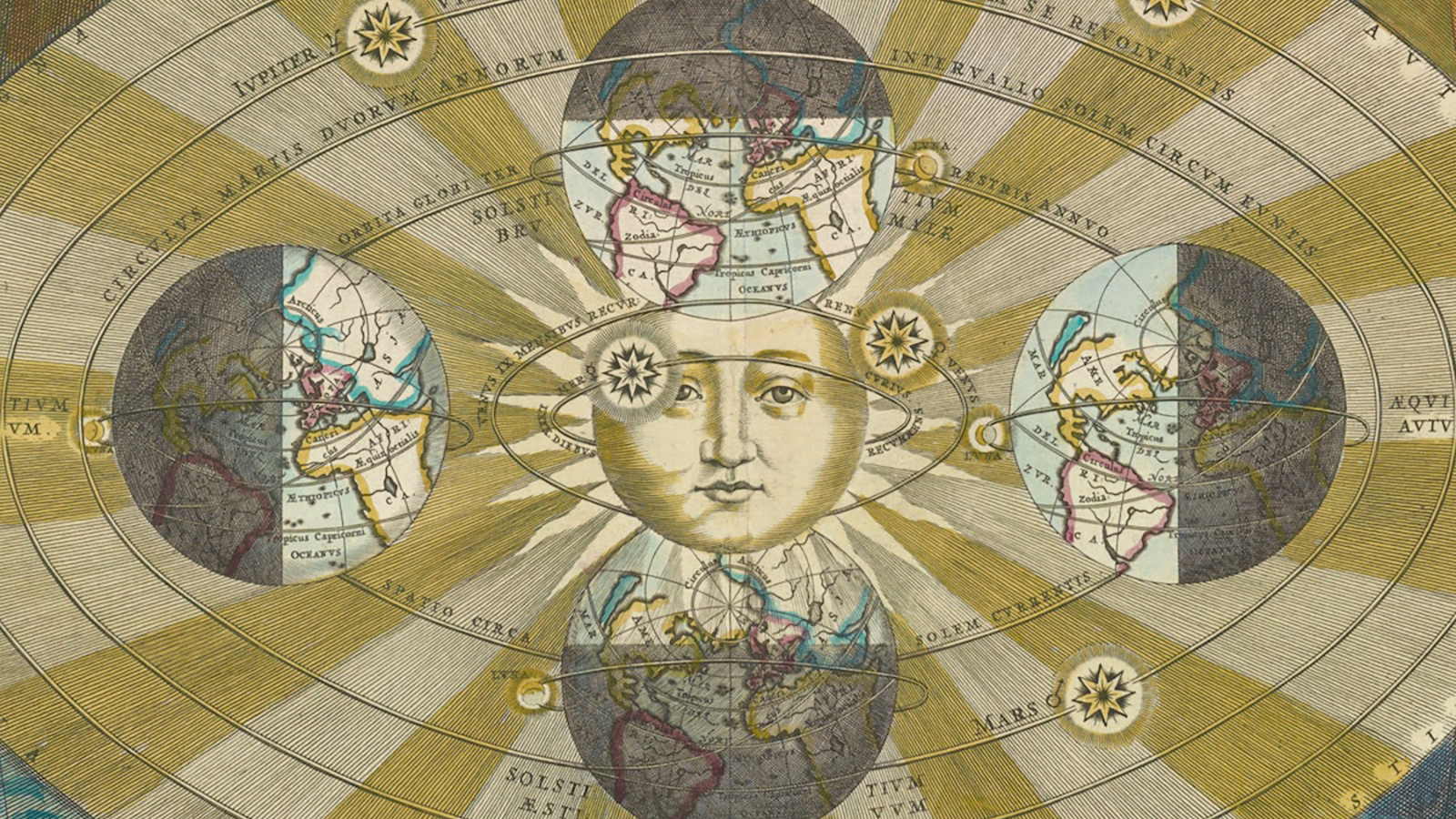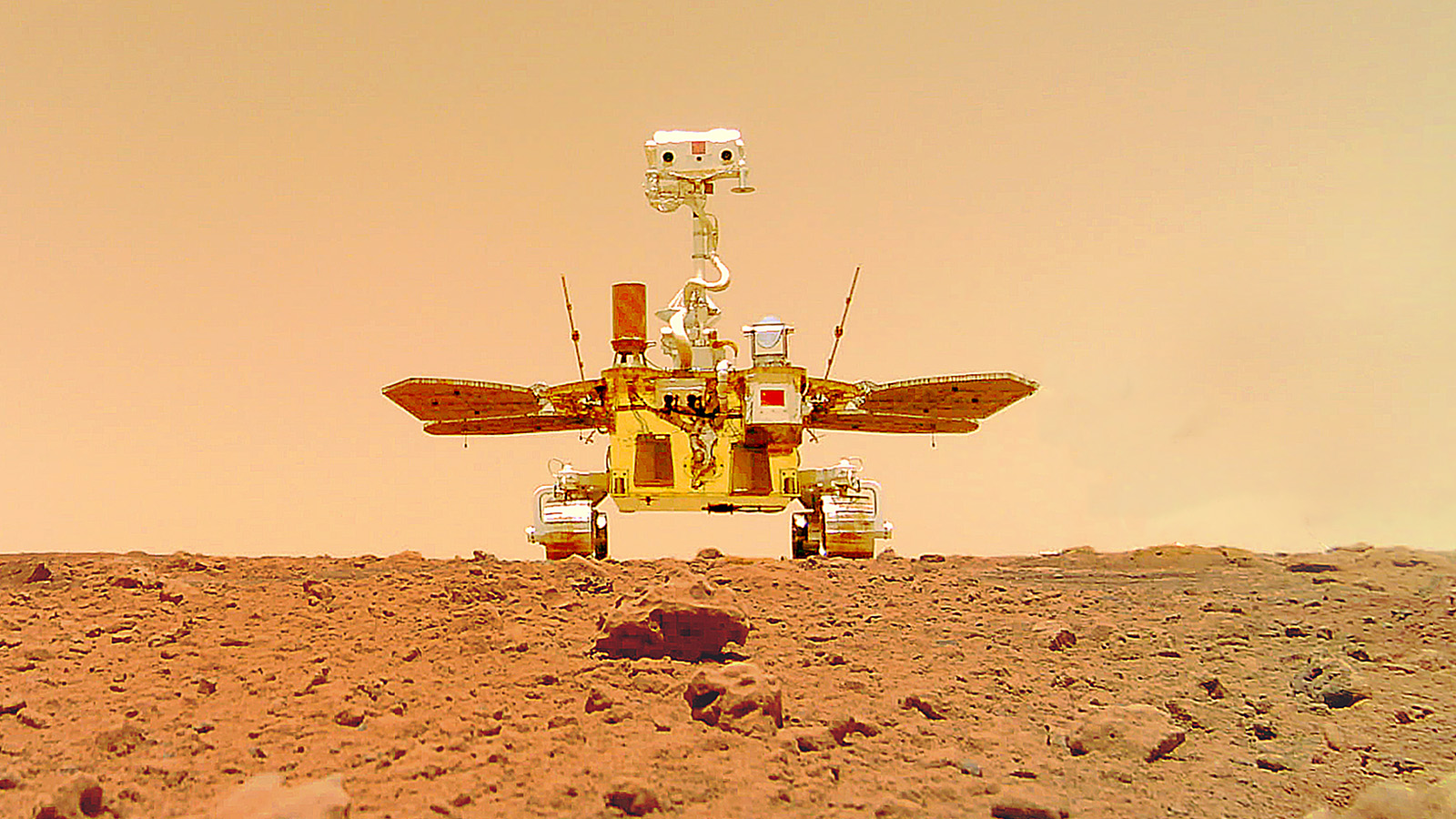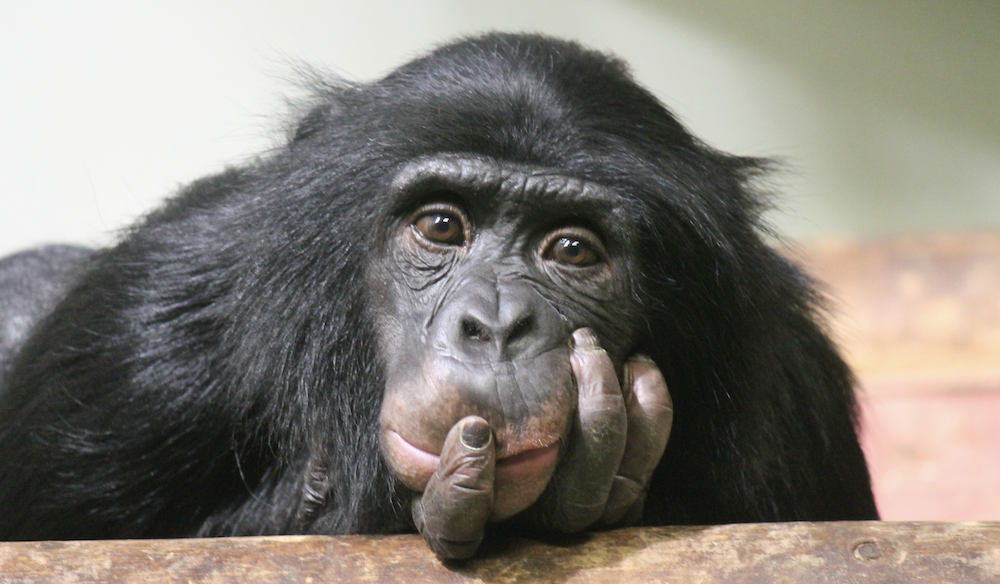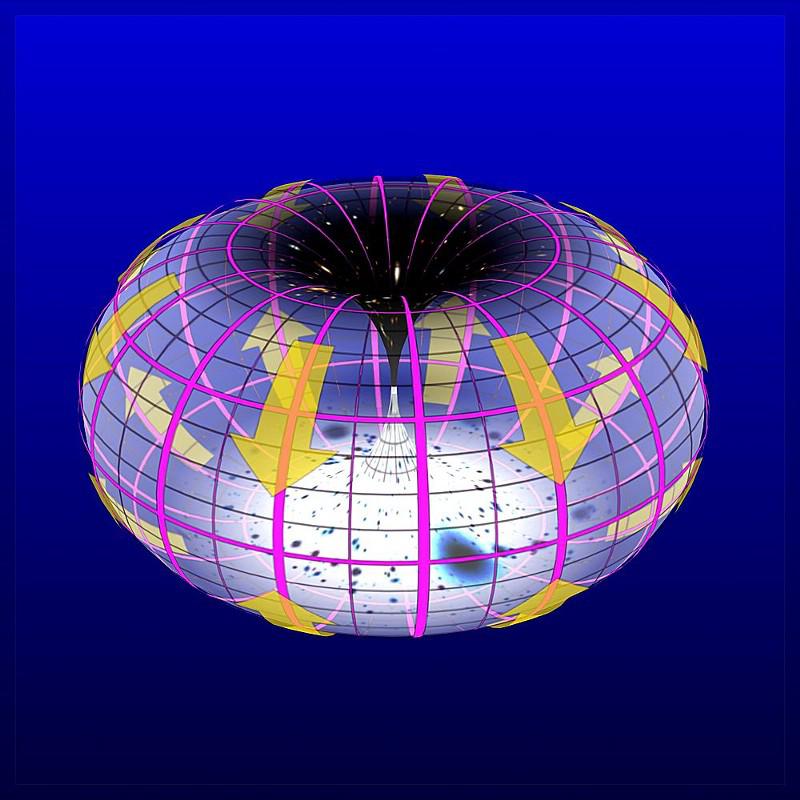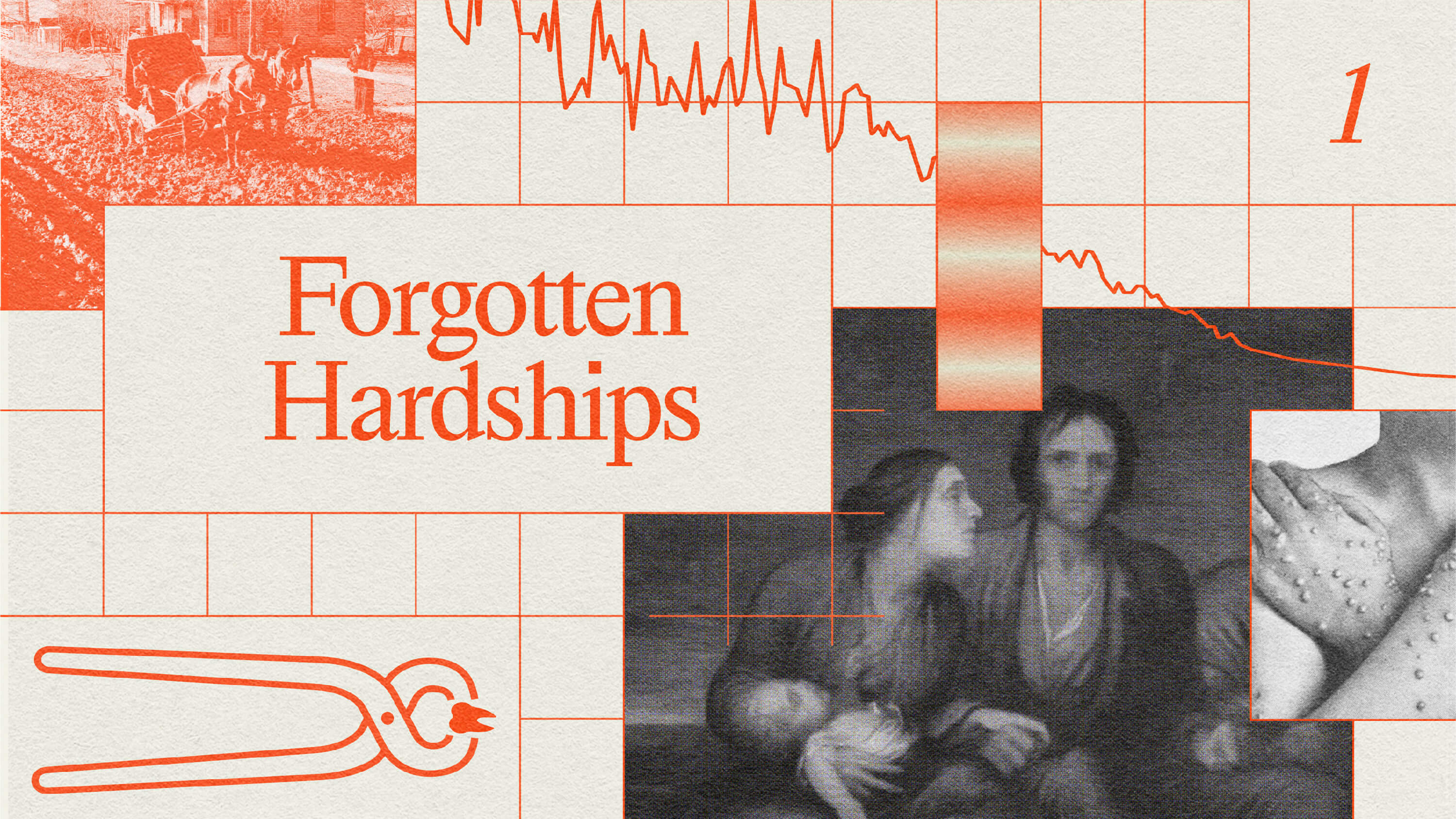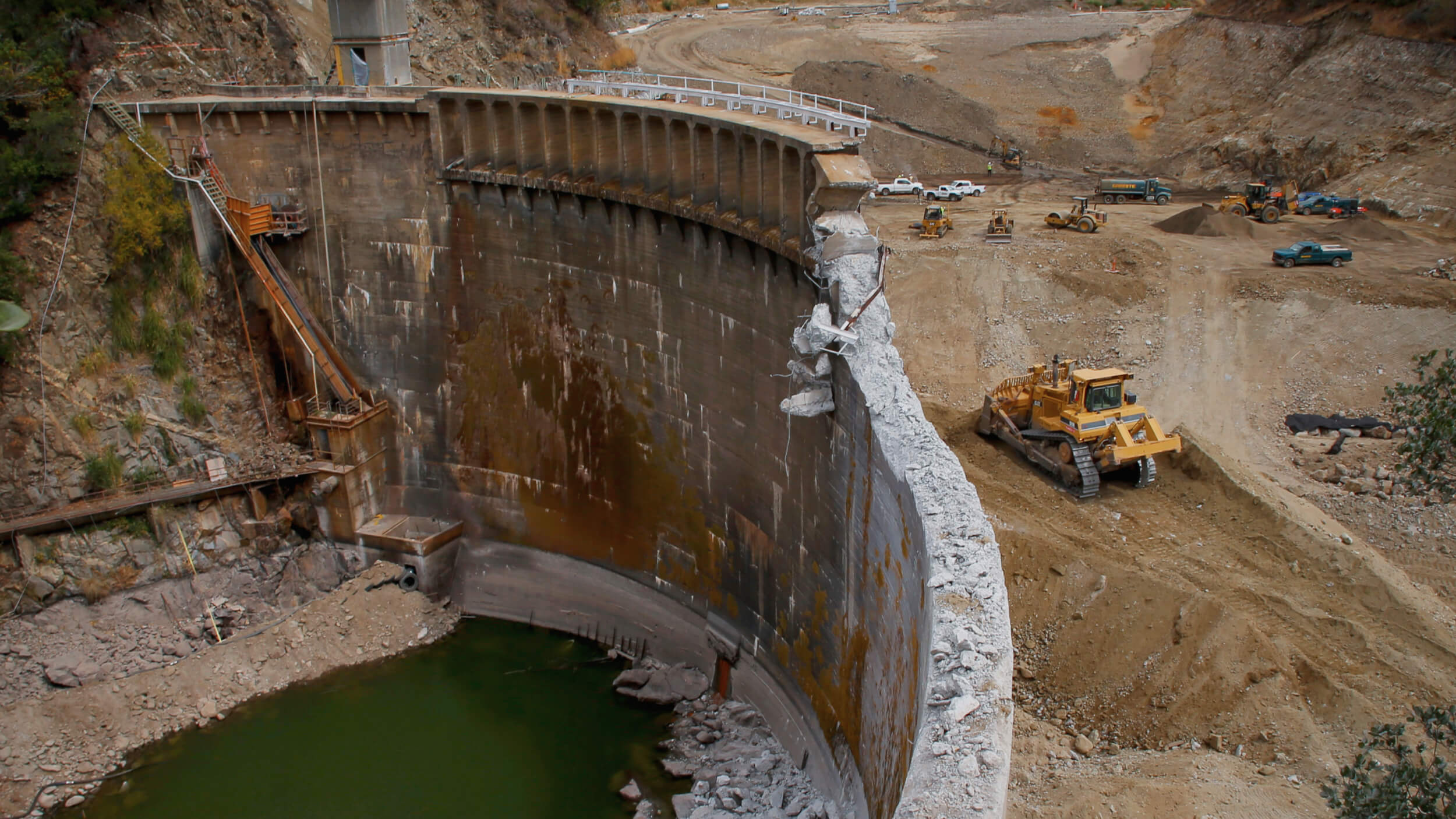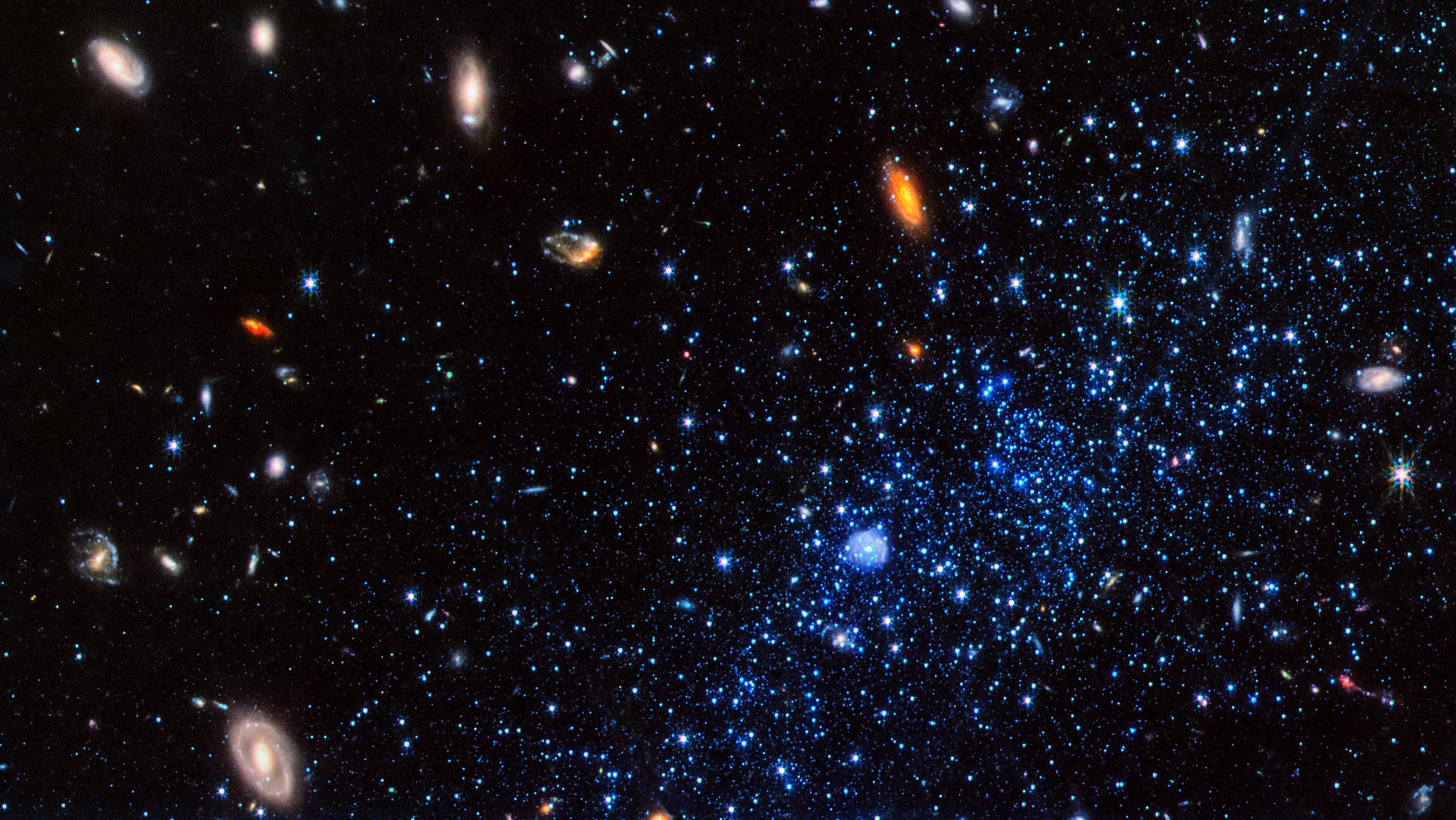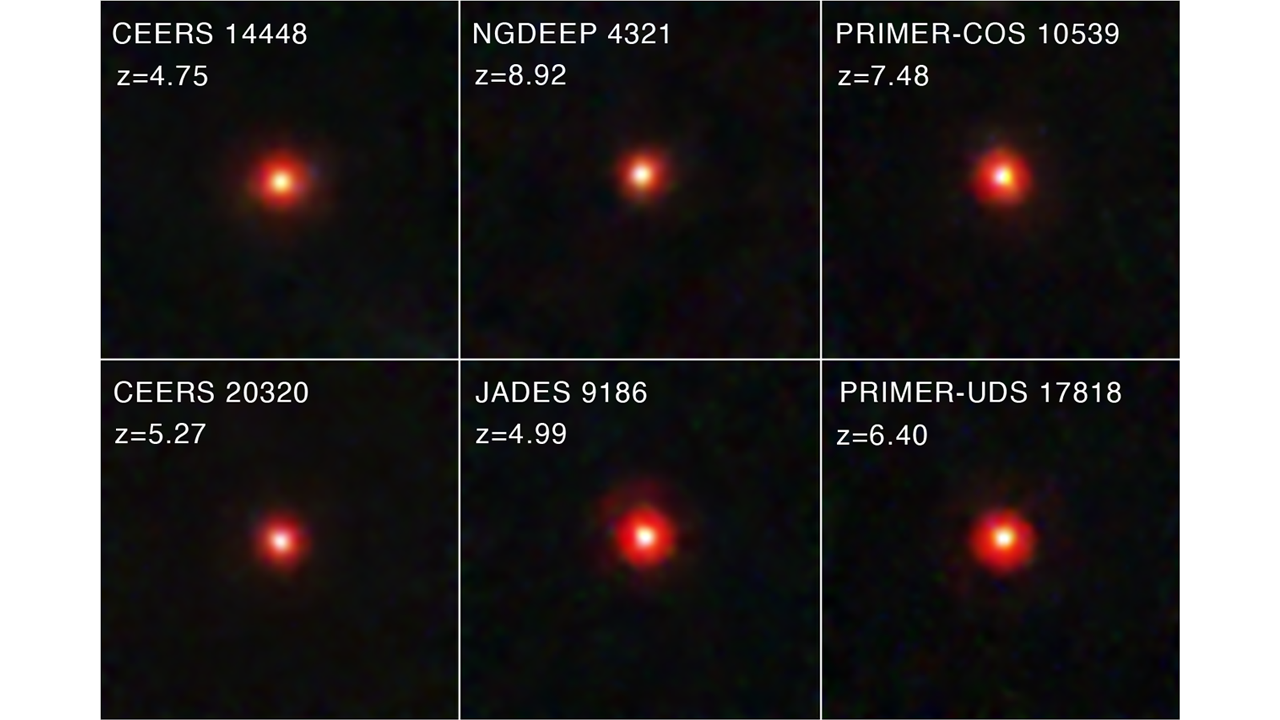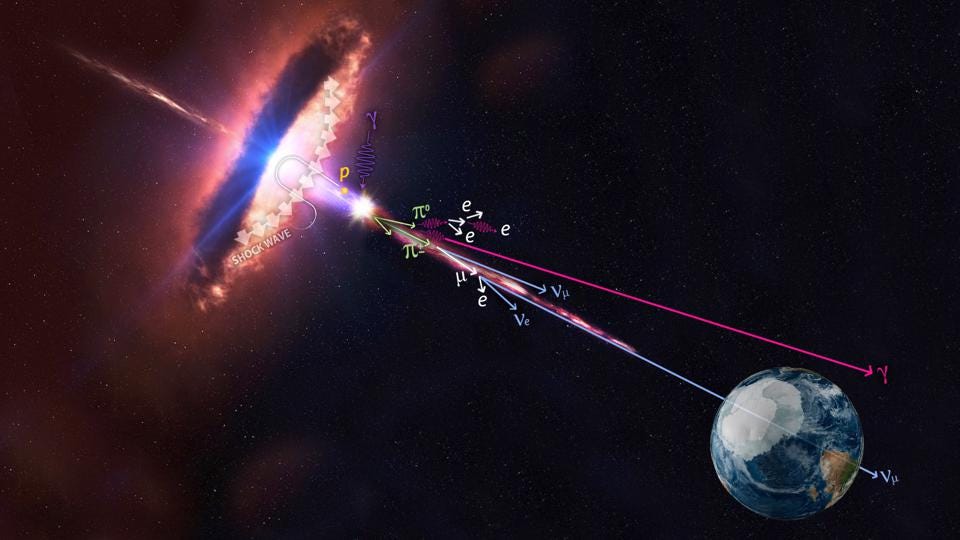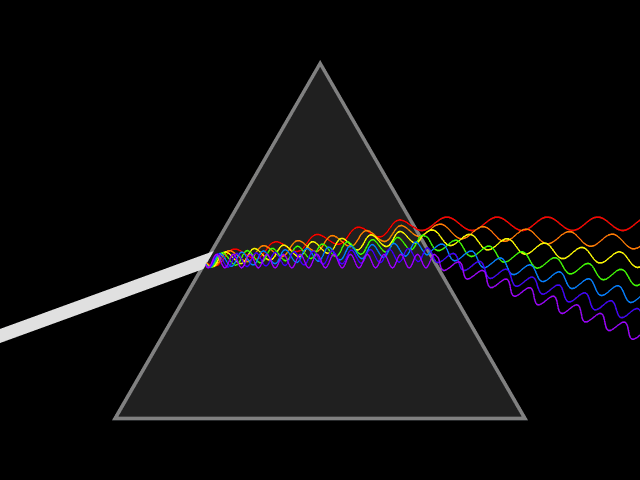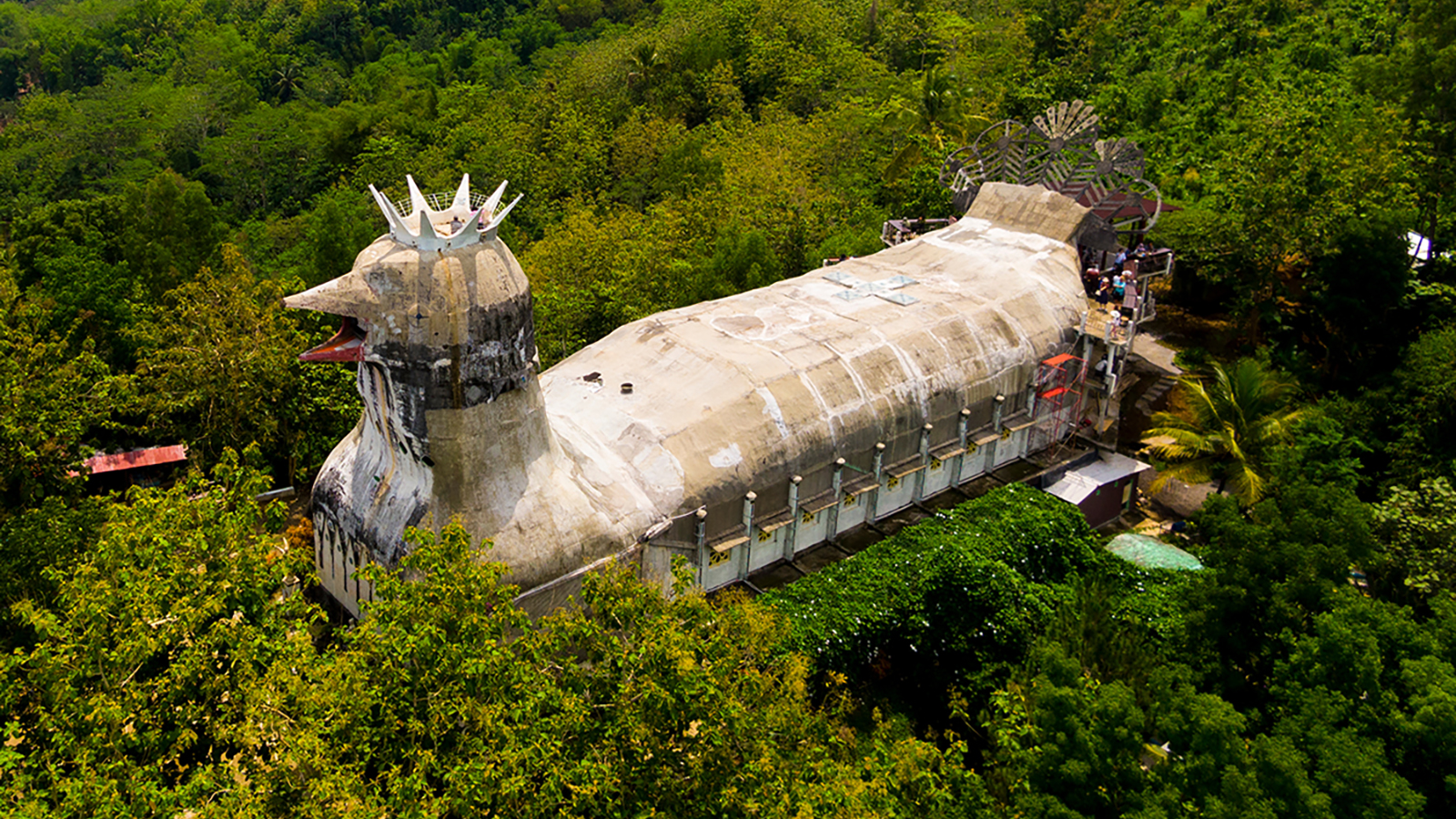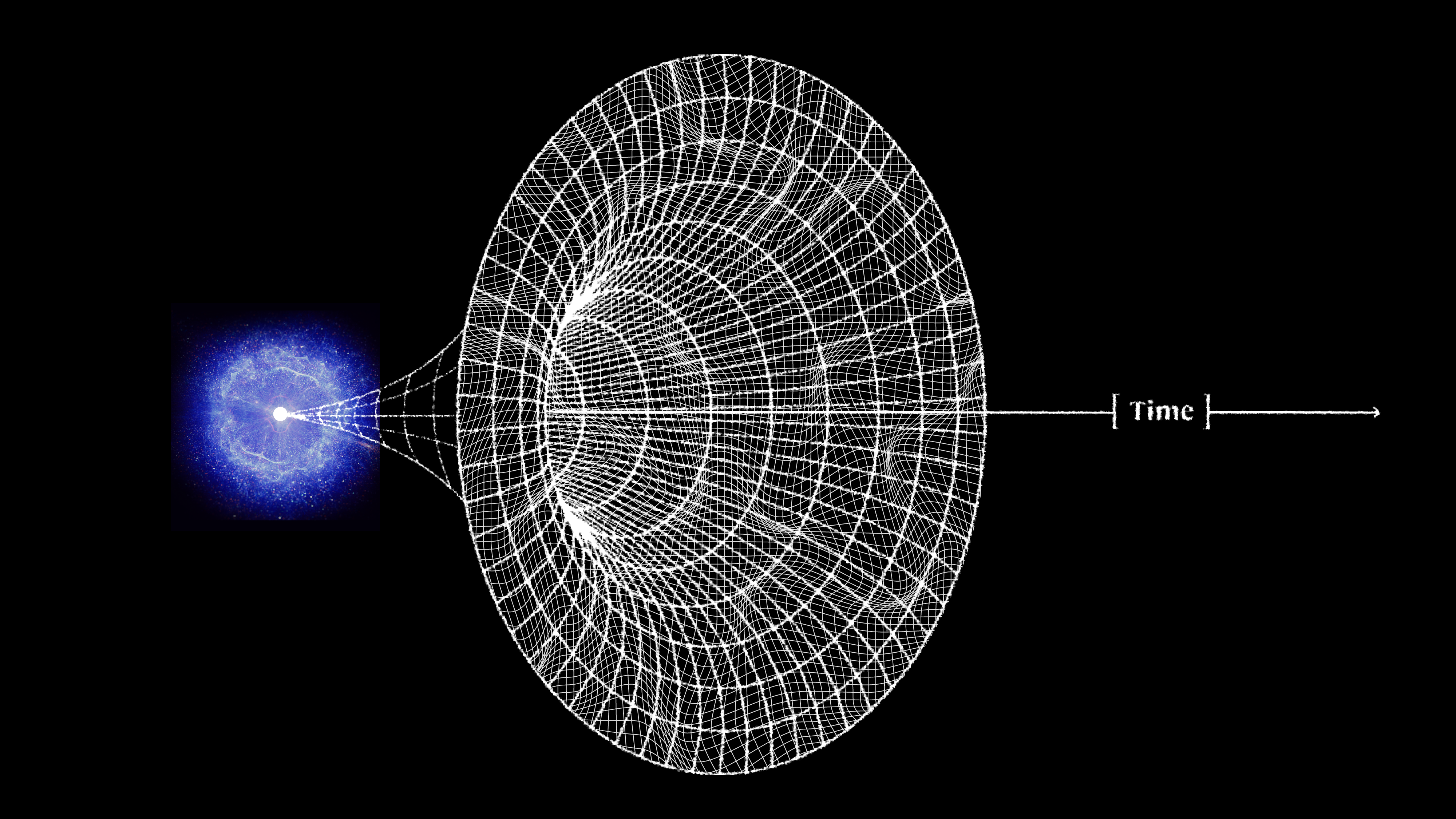There might be a hard limit to our knowledge of the Universe.
Search Results
You searched for: Structure
Data from the Zhurong rover suggests the Red Planet was wet more recently than we thought.
From machines to animals, there are many kinds of possible minds.
A philosophical debate spanning creation, free will, and a sneaky teapot.
Signals from across the universe point toward a fascinating possibility.
It is through speaking and listening that human beings become who they are.
Now that it’s fully commissioned, the James Webb Space Telescope begins its exploration of the Universe. Here are its first science images!
Communication among cetaceans, like whales and dolphins, looks especially promising.
A deep learning AI running on a supercomputer was able to link patterns of brain connectivity to political ideology.
Often viewed as a purely theoretical, calculational tool only, direct observation of the Lamb Shift proved their very real existence.
Human beings are tiny creatures compared to the 92 billion light-year wide observable Universe. How can we comprehend such large scales?
As far as we can tell, there’s no limit to how far it goes on; only a limit to how far we can see. Could the Universe truly be infinite?
If an asteroid hadn’t killed off the dinosaurs, humans would almost certainly have never walked the Earth.
Science writer Matt Ridley joins us to discuss how “Darwin’s strangest idea” makes us all a bit feather-brained (in a good way).
9 minutes of cruel history may cure the anti-progress delusion.
The key to its success lies not in its understanding of technology, but in its understanding of human nature.
Retrofitting America’s aging dams for hydropower — while removing ecologically harmful ones — may be a productive path forward.
The Mayan calendar is revered for its impeccable accuracy. Now, a recent excavation in Guatemala reveals how the system developed over time.
Scientists just viewed one of the tiniest, most isolated, lowest-mass galaxies ever found with JWST. Despite all odds, it’s still growing.
The discovery of ultra-bright, ultra-distant galaxies was JWST’s first big surprise. They didn’t “break the Universe,” and now we know why.
Our Universe requires dark matter in order to make sense of things, astrophysically. Could massive photons do the trick?
Flow occurs when a task’s challenge is balanced with one’s skill.
Research consistently points to a set of leadership skills that are high-impact, difficult to develop, and not easily replicated by technology.
With a bigger, better, and more sensitive detector, the XENON collaboration joins LZ and PANDA-X in constraining WIMP dark matter.
If you think you know what sex, gender, and “the right thing to do” for trans youth and adults are, be sure it agrees with actual science.
Just as storylines make sense only when you have the context of the beginning and the end, listeners need to understand the impetus for why the album was even made.
The integration of artificial intelligence into public health could have revolutionary implications for the global south—if only it can get online.
Invisible cloaks. Ghost imaging. Scientists are manipulating light in ways that were once only science fiction.
How one man’s divine dream became a poultry-shaped reality.
Cosmic inflation is the state that preceded and set up the hot Big Bang. Here’s what the Universe was like during that time period.
